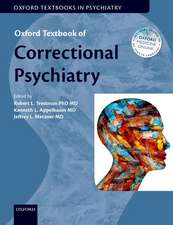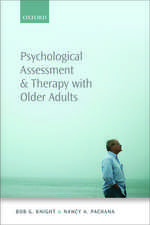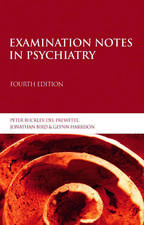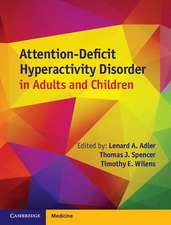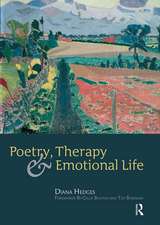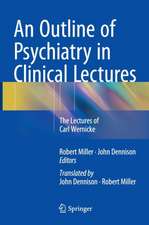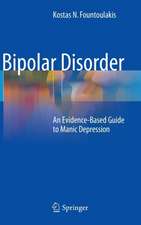Handbook of Tourette's Syndrome and Related Tic and Behavioral Disorders
Editat de Roger Kurlanen Limba Engleză Paperback – 19 iun 2019
| Toate formatele și edițiile | Preț | Express |
|---|---|---|
| Paperback (1) | 551.06 lei 6-8 săpt. | |
| CRC Press – 19 iun 2019 | 551.06 lei 6-8 săpt. | |
| Hardback (1) | 1490.74 lei 6-8 săpt. | |
| CRC Press – 27 oct 2004 | 1490.74 lei 6-8 săpt. |
Preț: 551.06 lei
Preț vechi: 580.06 lei
-5% Nou
Puncte Express: 827
Preț estimativ în valută:
105.45€ • 112.76$ • 87.92£
105.45€ • 112.76$ • 87.92£
Carte tipărită la comandă
Livrare economică 17 aprilie-01 mai
Preluare comenzi: 021 569.72.76
Specificații
ISBN-13: 9780367393717
ISBN-10: 0367393719
Pagini: 560
Dimensiuni: 152 x 229 x 30 mm
Greutate: 1.03 kg
Ediția:1
Editura: CRC Press
Colecția CRC Press
ISBN-10: 0367393719
Pagini: 560
Dimensiuni: 152 x 229 x 30 mm
Greutate: 1.03 kg
Ediția:1
Editura: CRC Press
Colecția CRC Press
Public țintă
Professional Practice & DevelopmentCuprins
Phenomenology of the Tic Disorder o Associated Behavioral Disorders o Diagnosis and Assessment o Neurobiology o Genetics and Epidemiology o Clinical Care o The Child and Adolescent with Tourette's Syndrome: Clinical Perspectives on Phenomenology and Treatment
Descriere
Relating breakthroughs in phenomenology and neurobiology and current strategies for diagnosis, assessment, and clinical care, this long-anticipated Second Edition provides expanded descriptions of clinical features, further evidence linking heritability to etiology, and revised epidemiological estimates as observed in the most recent research on Tourette's syndrome (TS) and associated disorders. The latest information about the controversial poststreptococcal hypothesis is also presented and discussed.




